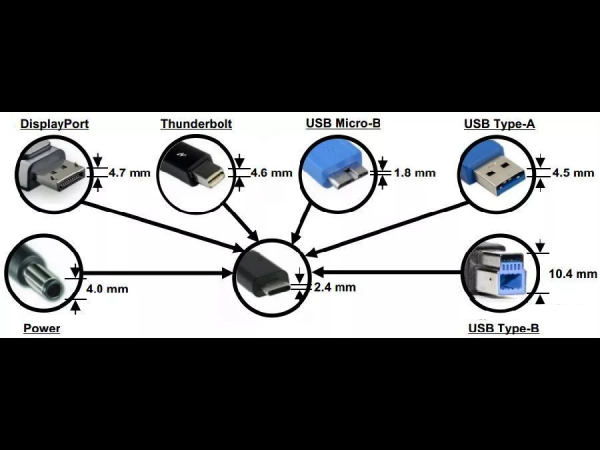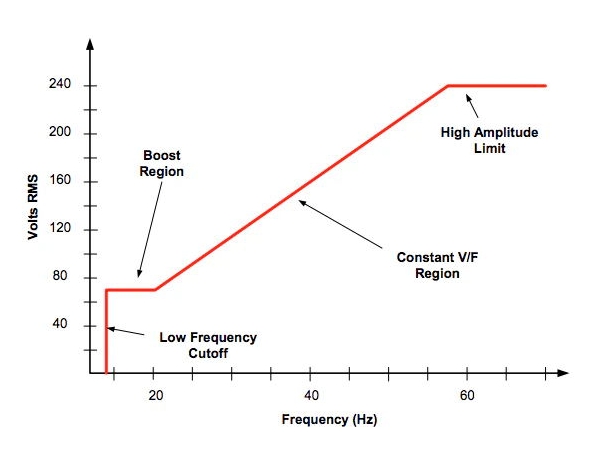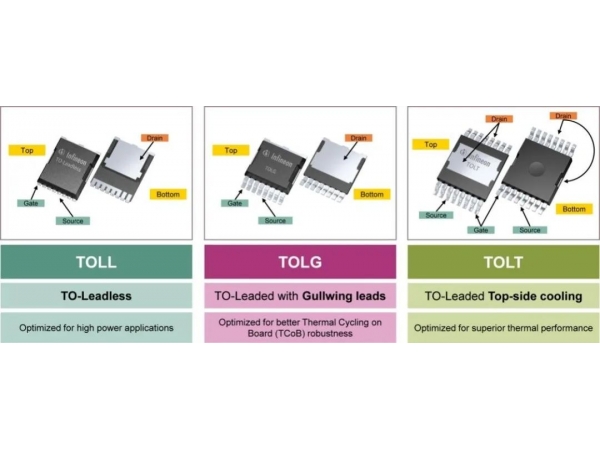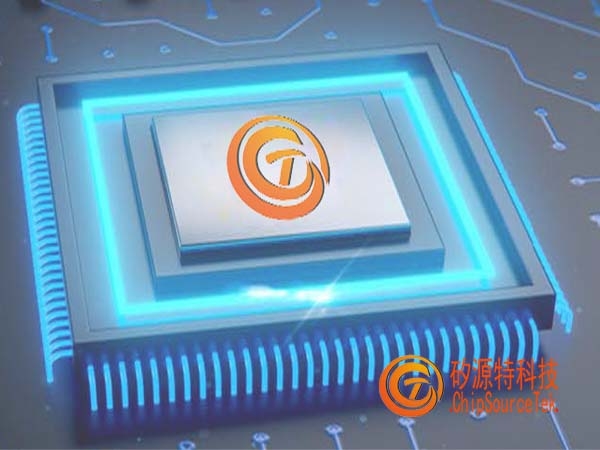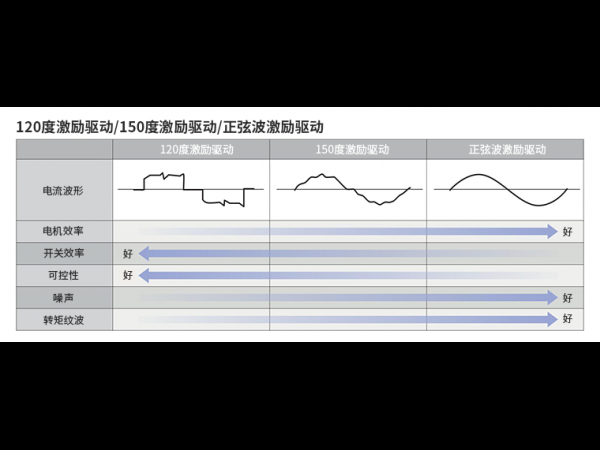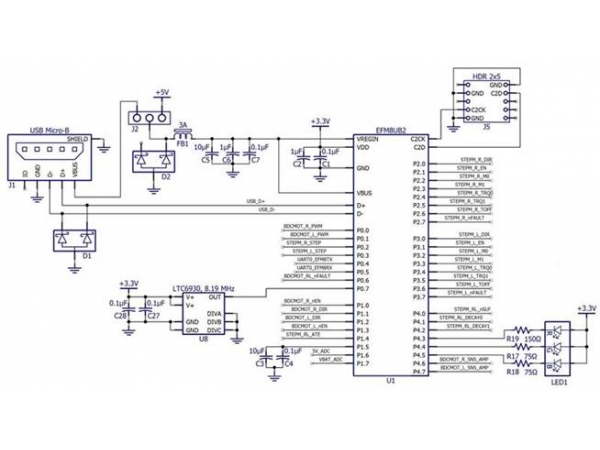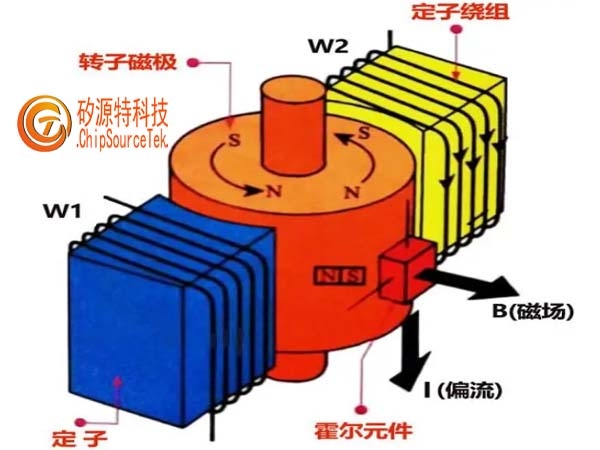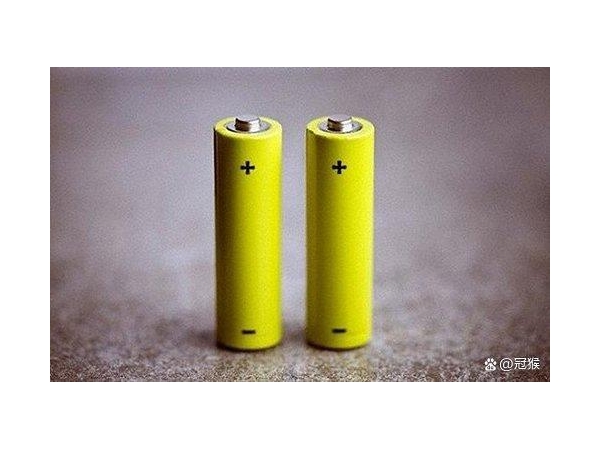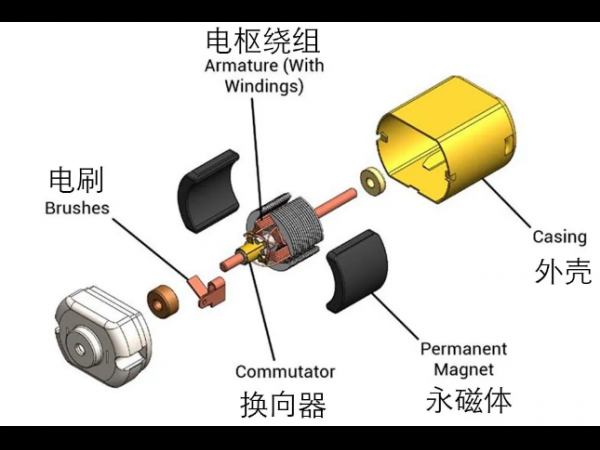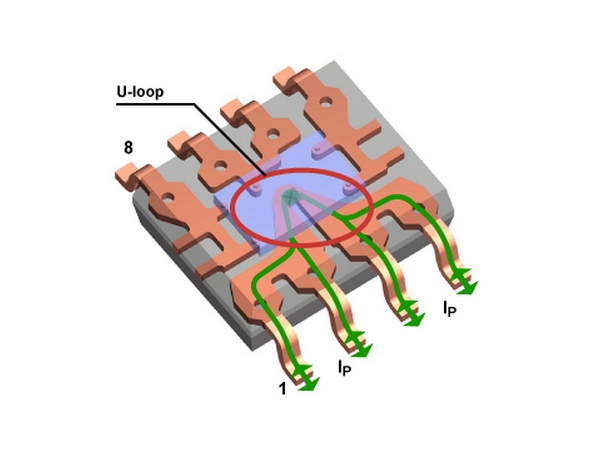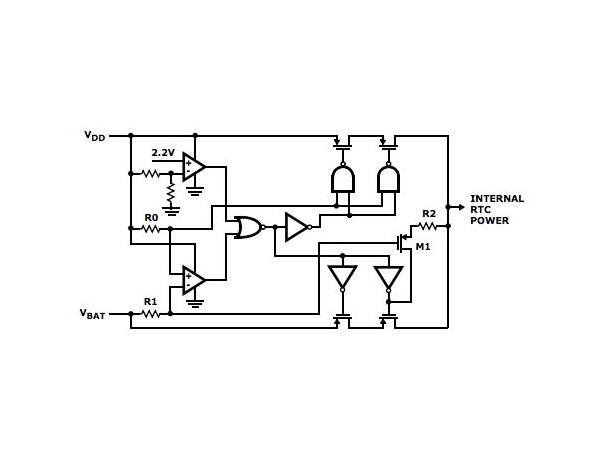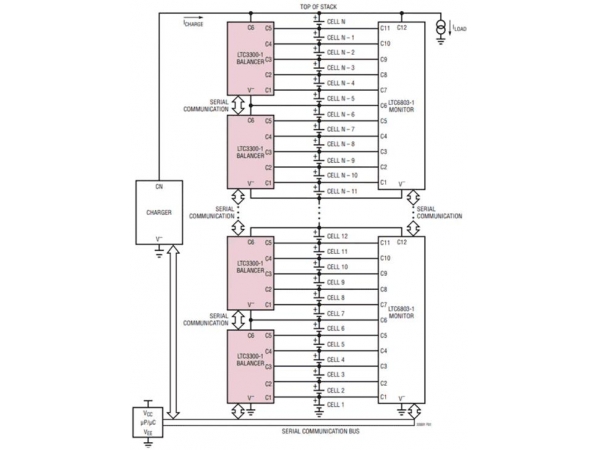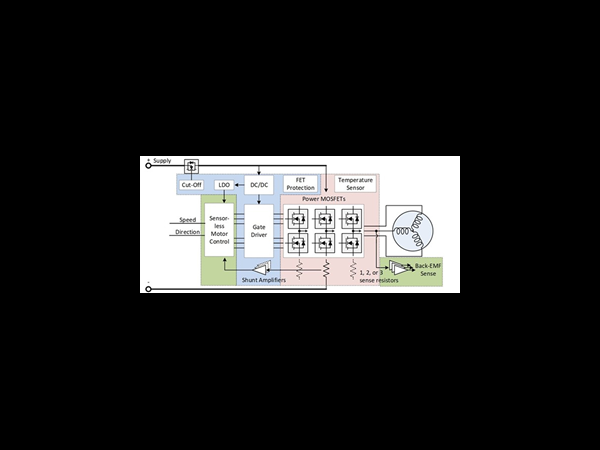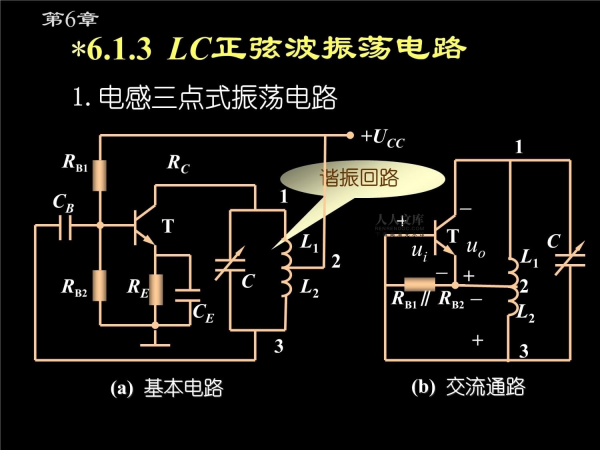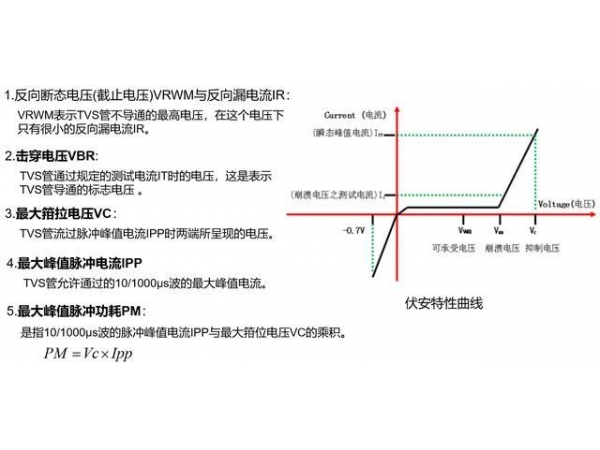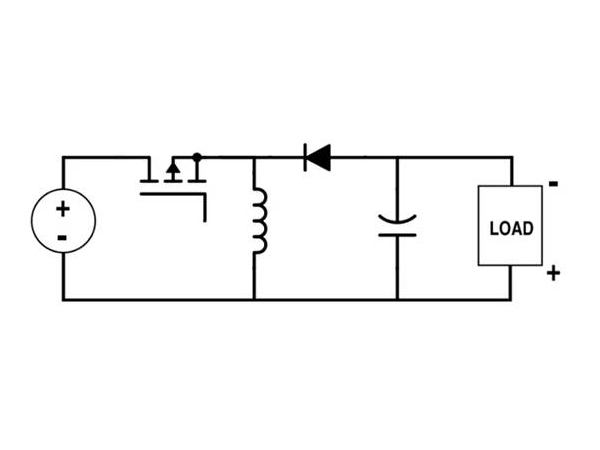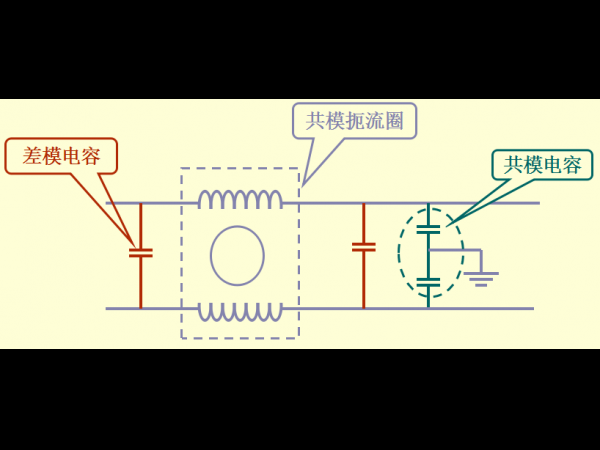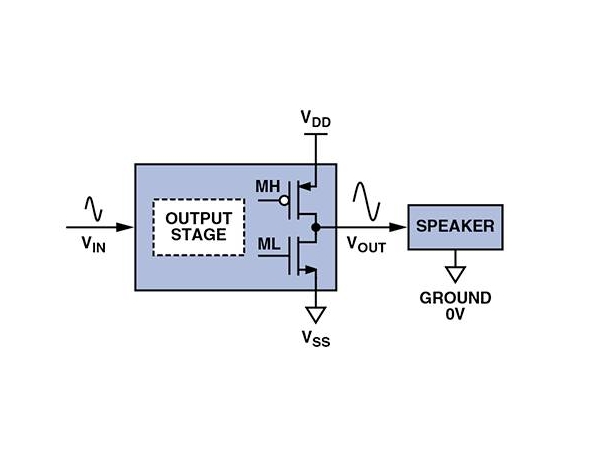-
New Trends in Brushless DC Motor Drivers
Brushless DC (BLDC) motors have been rapidly adopted in the market and a wide range of motion control applications, as they have significant advantages compared...
See More
-
Why TypeC Interface Can Become Mainstream in the Market
To understand the principle of Type-C, the first step is to understand its PN definition. The Type-C port has 4 pairs of TX/RX branch lines, 2 pairs of USB D+/D...
See More
-
How to turn an AC induction motor into a DC motor
The field of high-performance motor control has always been dominated by synchronous DC motors. This group of motors includes brush motors, brushless motors, wo...
See More
-
Utilizing Packaging, IC, and GaN Technology to Improve Motor Drive Performance
With the trend of increasing battery voltage in robots and electric tools, the power of motor drivers is also constantly increasing. This means that there is an...
See More
-
Do brushless motors require a driver to rotate
Brushless motor is an efficient, low noise, and stable motor. Unlike traditional brush motors, brushless motors do not have carbon brushes on their rotors, so t...
See More
-
Introduction to Conduction Angle and Characteristics of Three Phase Brushless DC...
ROHM has over 220 models of motor driver ICs and has a strong market performance. The motors covered by motor driver ICs include brushless DC motors, stepper mo...
See More
-
Microcontroller for controlling motor controllers
You may have noticed in the diagram that the EFM8 appears to be powered by 5 V from the DC/DC converter. But in reality, EFM8 has an integrated linear regulator...
See More
-
Principle of three-phase brushless DC motor
In order to achieve brushless commutation in a three-phase brushless motor, it is first required to place the armature winding of a general DC motor on the stat...
See More
-
Lithium iron phosphate battery,specific reasons for battery failure voltage drop
As a type of iron battery, lithium iron phosphate battery has always received widespread attention from industry friends. Today, we will mainly talk about the c...
See More
-
What is feeling, What is insensitivity,The difference between inductive and non ...
In sensorless brushes, sensing refers to "Hall sensors", so what is "Hall"? Hall refers to the Hall effect, which was discovered by American physicist A.H. Hal...
See More
-
Trends in Hall effect current sensing
Over the past decade, the demand for low-cost, small-scale current sensor solutions in industrial, automotive, commercial, and communication systems has rapidly...
See More
-
How to prevent reverse charging of lithium batteries
Lithium batteries are commonly used in many device applications that require backup power, such as real-time clocks (RTCs) and storage devices. When a lithium b...
See More
-
Battery safety, chip responsibility
Driven by the trend of electrification, cars are undergoing earth shattering changes, with the core three major components changing from the engine, chassis, an...
See More
-
2-coil fan driver, power consumption
This application note introduces how to determine the power consumption of a Melexis two coil fan driver integrated circuit. This document will discuss power fa...
See More
-
Frequency compensation of operational amplifiers
The operational amplifier can be configured as open loop and closed loop. In an open loop, there is no feedback circuit. But in a closed-loop system, the amplif...
See More
-
The difference between RC filter and LC filter
The frequency range of LC filter application is 1kHz~1.5GHz. Due to the limitation of the Q value of the inductance, the cutoff region of the frequency response...
See More
-
What does Transient Suppression Diode TVS Transient Suppression Diode TVS mean
Transient Suppression Diode (TVS), also known as Clamping Diode, is a high-efficiency circuit protection device commonly used internationally. Its appearance is...
See More
-
All information about the reverse phase buck boost converter
All information about the reverse phase buck boost converter is based on the switch mode voltage conversion of inductors, which is a fundamental technique for ...
See More
-
Common mode and differential mode
When the changes in voltage and current are transmitted through wires, there are two forms, which we refer to as "common mode" and "differential mode". The powe...
See More
-
Class D audio amplifier: What, why, and how
Class D amplifiers were first proposed in 1958 and have become increasingly popular in recent years. What is a Class D amplifier? How do they compare to other t...
See More







